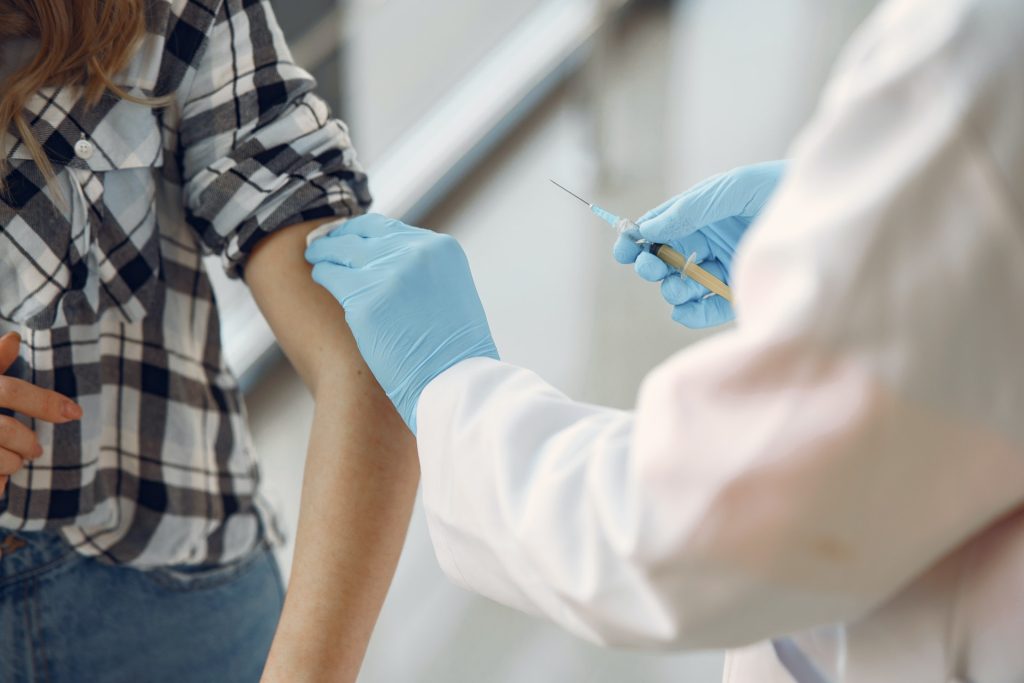Optimised Scheduling Algorithm Cuts Delays for MRI Scans
A team of researchers from Dartmouth Engineering and Philips have developed an optimised scheduling algorithm that significantly cuts the waiting time of patients for MRI at Lahey Hospital in Massachusetts, cutting overall associated costs by 23%.
“Excellence in service and positive patient experiences are a primary focus for the hospital. We continuously monitor various aspects of patient experiences and one key indicator is patient wait times,” said Christoph Wald, professor and chair, Department of Radiology, Lahey Hospital, Tufts University Medical School. With a goal of wanting to improve patient wait times, we worked with data science researchers at Philips and Dartmouth to help identify levers for improvement that might be achieved without impeding access.”
Exam waiting times can be stressful for patients, depending on the perceived value of the visit, and the associated costs of a delay to the patient.
Before the new algorithm, the average outpatient’s waiting time at the hospital was 54 minutes. The researchers found that the problem was a complicated scheduling system, which must cater to emergency room patients, inpatients, and outpatients; while other appointments are relatively inflexible, inpatient exams usually can be delayed if necessary.
“By analysing the patient data, we found that delays were prominent because the schedule was not optimal,” explained first author Yifei Sun, a Dartmouth Engineering PhD candidate. “This research uses optimisation and simulation tools to help the MRI centres of Lahey Hospital better plan their schedule to reduce overall cost, which includes patient waiting time.”
After identifying sources of delays, the researchers then created a mathematical model which optimised the length of each exam slot, and then worked in inpatient exams. Then they created an algorithm which cut down on the waiting time with its associated costs for outpatients, idle equipment time, employee overtime, and cancelled inpatient exams.
“This iterative improvement process did result in measurable improvements of patient wait times,” said Prof Wald. “The construction and use of a simulation model have been instrumental in educating the Lahey team about the benefits of dissecting workflow components to arrive at an optimised process outcome. We have extended this approach to identify bottlenecks in our interventional radiology workflow and to add additional capacity under the constraints of staffing schedules.”
The researchers believe that this solution may have great applicability, as the problem is common to mid-sized hospitals.
“We also provided suggestions for hospitals that don’t have optimisation tools or have different priorities, such as patient waiting times or idle machine times,” said Sun, who worked on the paper with her advisor Vikrant Vaze, the Stata Family Career Development Associate Professor of Engineering at Dartmouth.
Source: News-Medical.Net
Journal information: Sun, Y., et al. (2021) Stochastic programming for outpatient scheduling with flexible inpatient exam accommodation. Health Care Management Science. doi.org/10.1007/s10729-020-09527-z.





